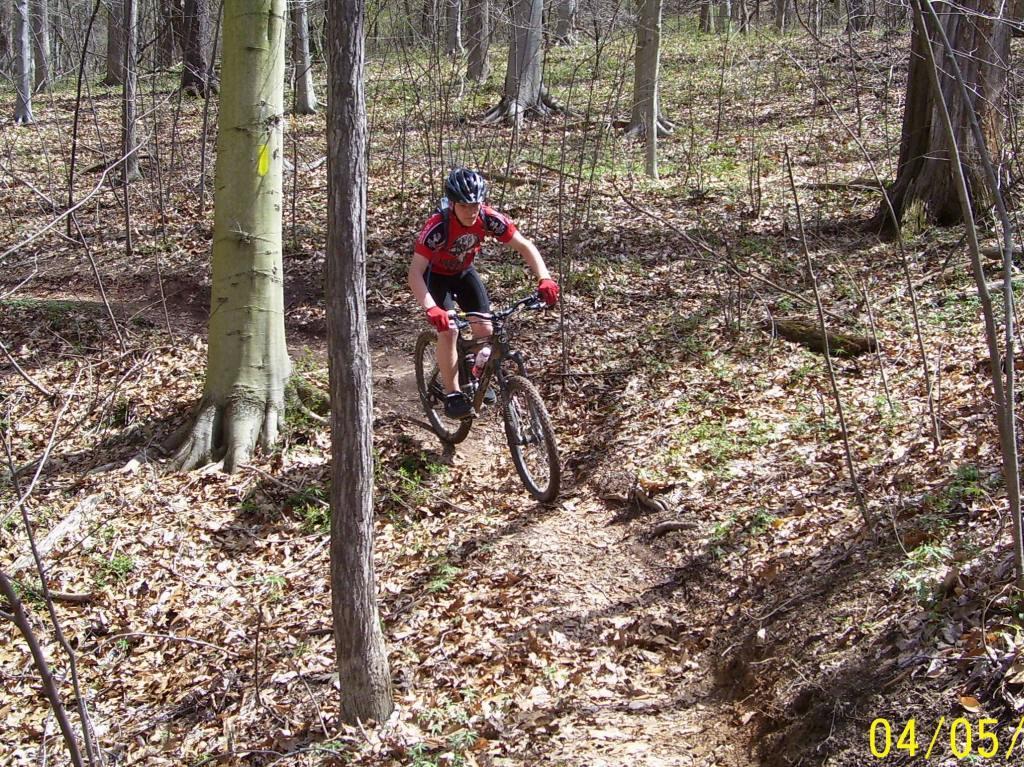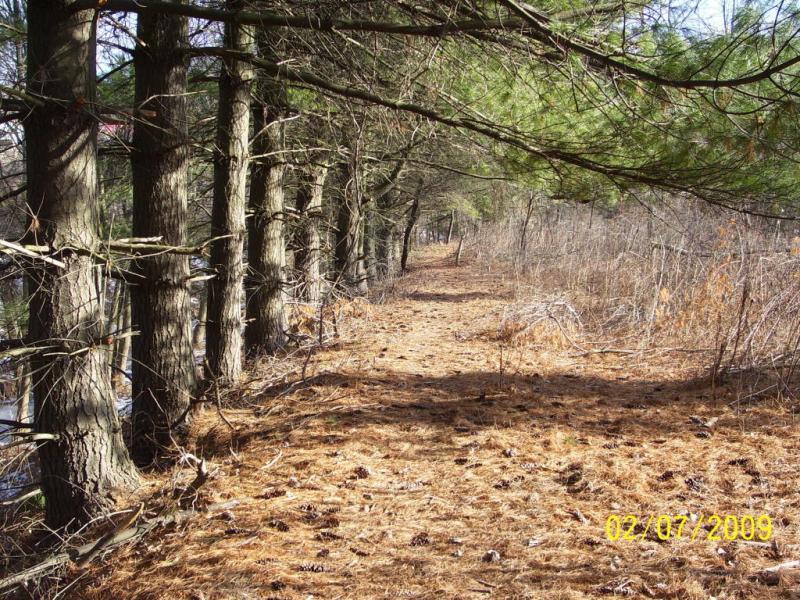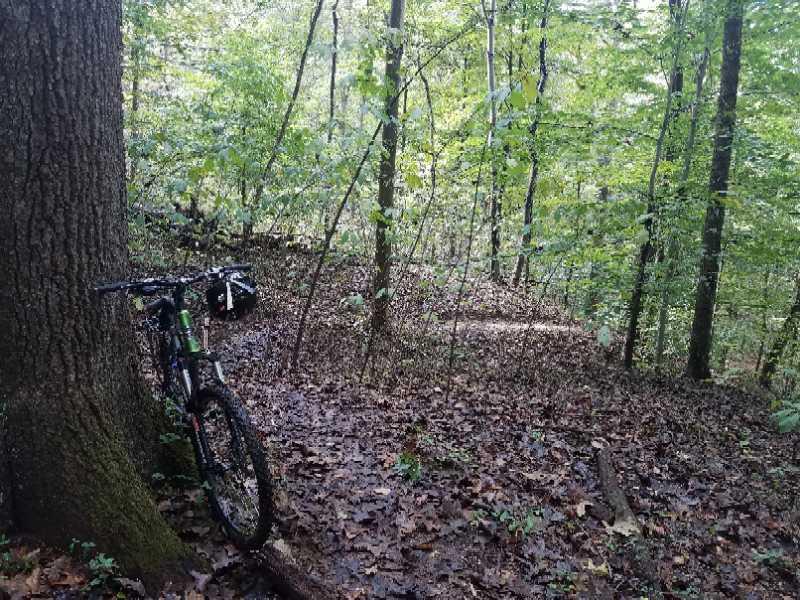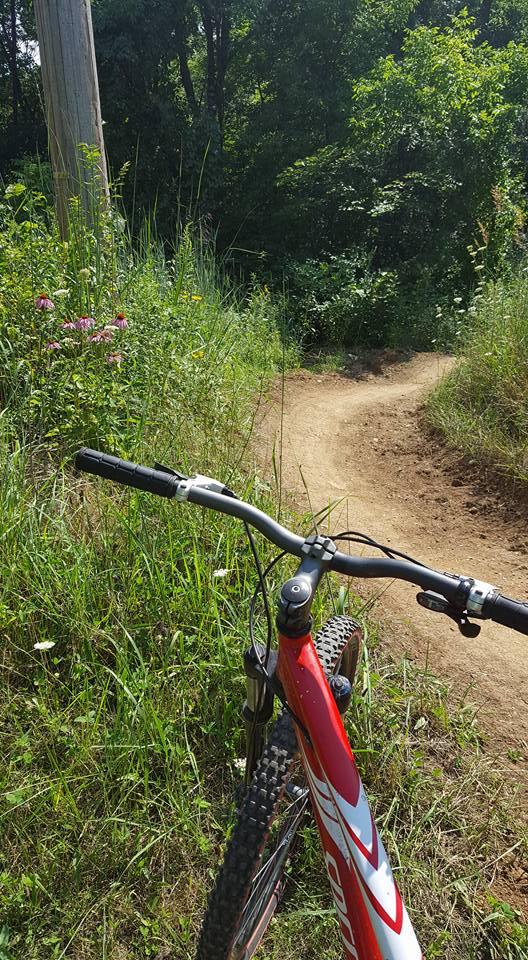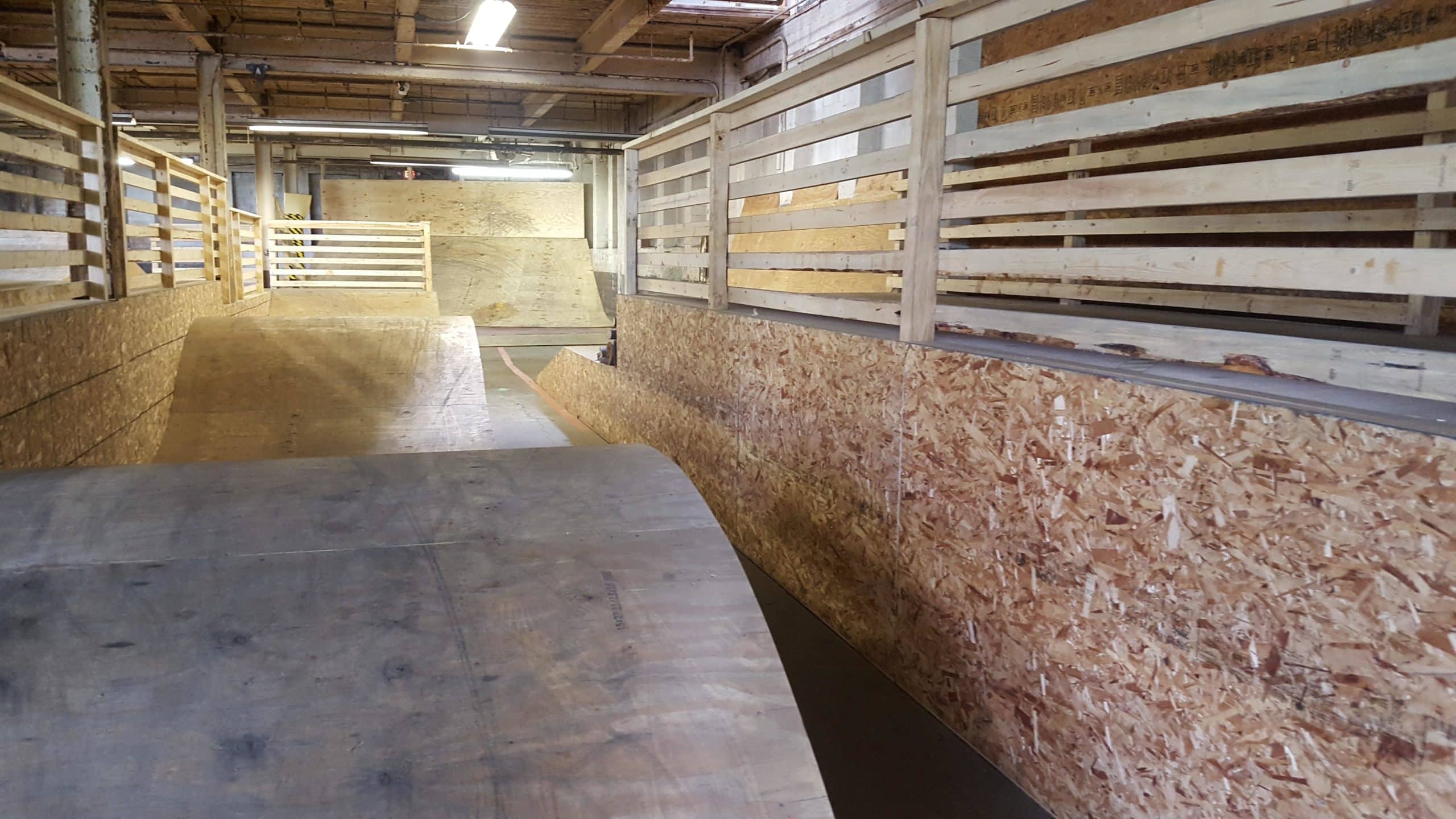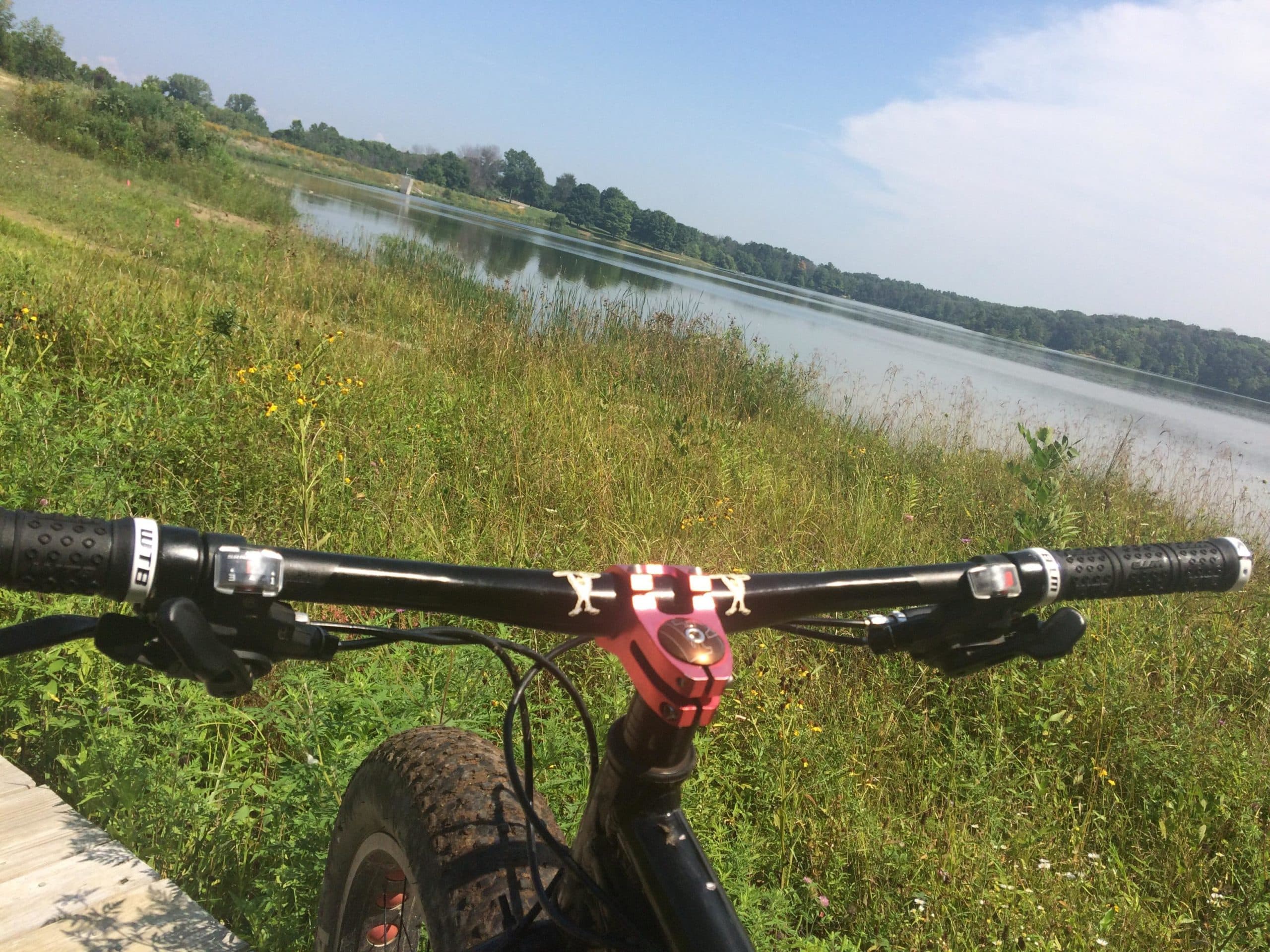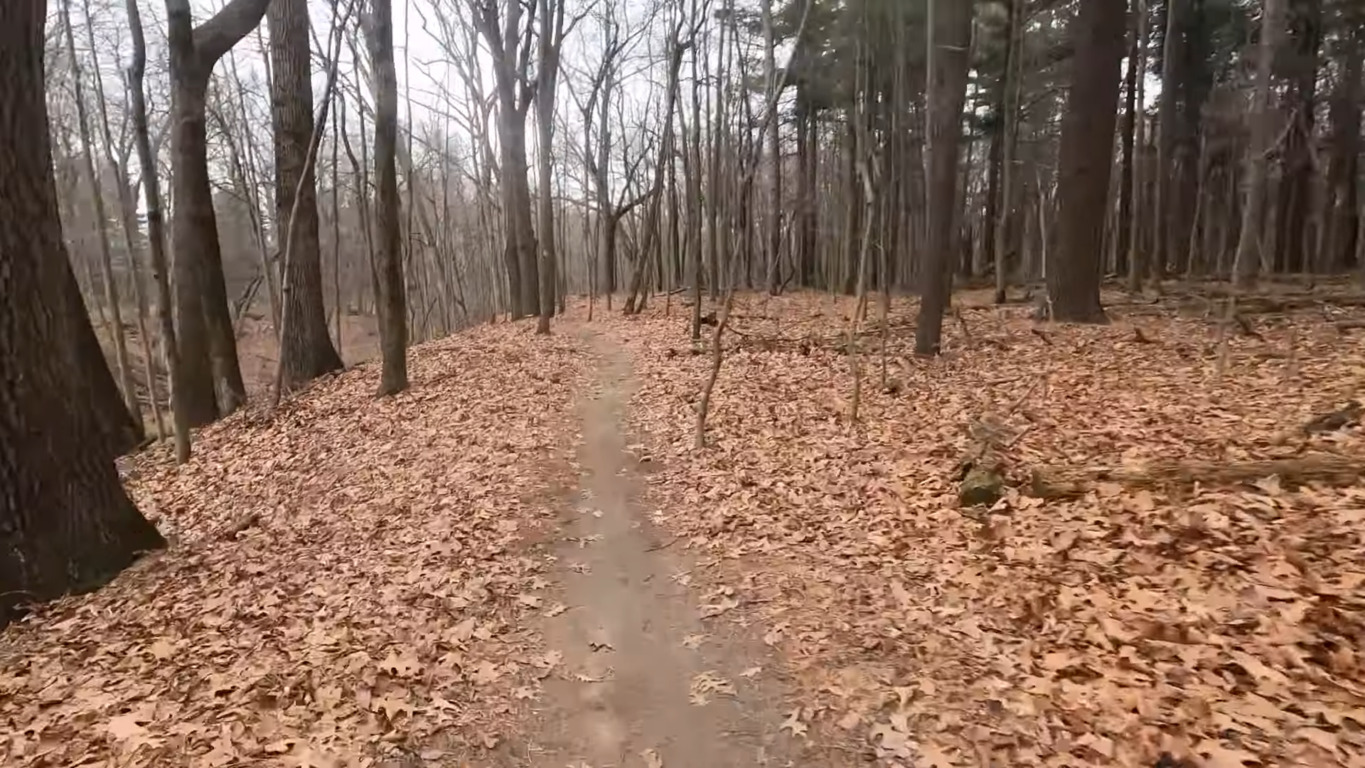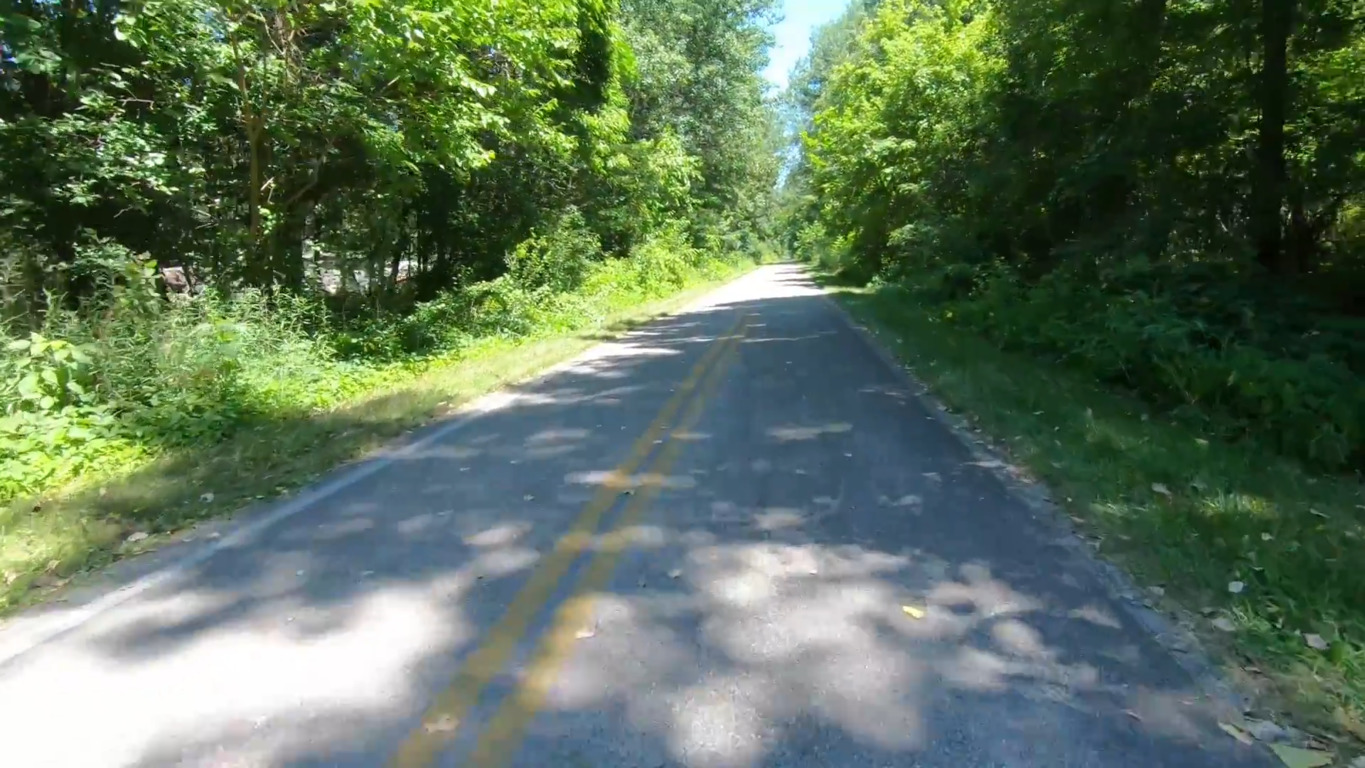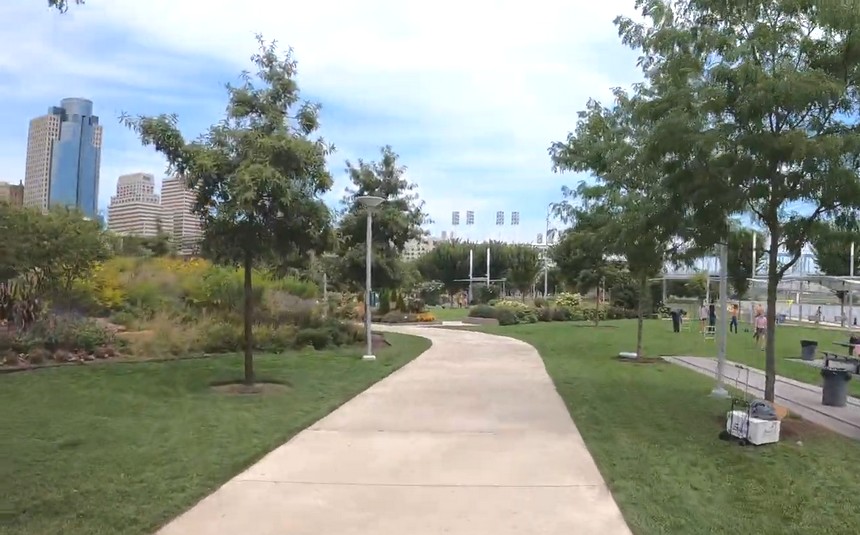Ohio: Area Description
Ohio is the 34th largest state in the US, covering an area of 44,825 square miles. It features a minimum elevation of 455 ft and a 1,549 ft maximum elevation.
In terms of location, Ohio is situated in the Midwest of the United States. It’s bordered by Pennsylvania to the east, Michigan and Lake Erie to the north, Kentucky to the southwest, West Virginia to the southeast, and Pennsylvania to the east.
Ohio's geography is quite diverse. It comprises gently sloped hills and plains and rough mountain ranges. The northern section features flat, fertile land with Lake Erie's shoreline running across, making it suitable for agricultural activities. People living in this region like planting corn, fruits and soybeans. This area is also part of the Great Lakes region, which consists of the Great Lakes and the surrounding area.
The central region features gently sloping hills and plateaus. Examples of common plateaus in this area include Allegheny Plateau and the Appalachian Plateau. It also contains remains of some old mountain ranges that dominated the surrounding area. Additionally, you may see several state parks and natural places that provide beautiful views and chances for outdoor activities.
The Appalachian Mountains, which traverse the region, make the southern region of Ohio rocky and mountainous. This area contains Campbell Hill, which is about 1,549 feet tall and is the highest point in Ohio. It also features dense forests like the Wayne National Forest, which covers over 240,000 acres of the Appalachian foothills.
Ohio contains several rivers which provide locals with water for different activities. Examples of the main rivers in Ohio Include.
- Hocking River
- Grand River
- Huron River, West Branch
- Great Miami River
- Muskingum River
- Scioto River
- Cuyahoga River
Other than rivers, the region features lakes such as Great Lakes and Lake Erie which locals depend on for water.
| Land area (sq. m; sq. km) |
116,096 km2 |
| Minimum Elevation |
455 ft |
| Maximum Elevation |
1,549 ft |
Demographics of Ohio
With over 11.7 million residents and a population density of approximately 261 people per square mile, Ohio ranks as the seventh most populated state in the US. Of these, 5.7 million identify as male, while 6.0 million identify as female.
Although Ohio has a diversified racial composition, White people account for 79.5% of all residents. African Americans are the second largest group, accounting for 12.6% of the state's population. Hispanic or Latino people are about 4.4%, while Asians are approximately 3.5%.
Generally, this state comprises several Native American groups. Major examples include:
- Shawnee
- Seneca-Cayuga
- Wyandotte
- Miami
The number of immigrants in the state is also rising, with the greatest immigrant populations hailing from Mexico, India, China, and Ukraine.
This state has a broad economy with many industries contributing to its gross domestic product. The largest economic contributor is the manufacturing sector, with healthcare and social assistance, retail trade, banking, and insurance coming in second.
Despite having several highly-ranked universities, Ohio’s level of education is quite low compared to the national average. According to research, about 30.1% of adults in the region hold a bachelor’s degree and above compared to the national average, which stands at 33%. Examples of popular universities found in the state include.
- Miami University
- Case Western Reserve University
- Ohio State University
| Total population (thousands, million) |
11,780,017 |
| Population density (persons per sq. km) |
109/km2 |
Climate of Ohio
Ohio has a humid continental climate characterized by four seasons, varying temperatures, moderate to heavy precipitation all year round, and sporadic severe weather.
Summer in Ohio starts in June and ends in August. During this period, temperatures are quite high, and they may reach up to 90 °F. The southern and western regions of the state often have the warmest temperatures. July and August feature the highest temperatures, which can lead to heat-related illnesses. This state also experiences thunderstorms with hail, strong winds, and tornadoes. The rainfall received during this period ranges from three to four inches.
Fall typically runs from September through to November. This season features cool weather, less humidity, and vibrant foliage. The temperatures typically vary from 50°F to 70°F. Additionally, the area receives moderate rainfall with sporadic thunderstorms.
Temperatures in winter are quite low, with the northern region being the coldest. The northern region experiences the worst winter compared to the southern part. Some areas may also receive the lake-snow effect of the Great Lakes. The snow level ranges from 8-10 inches per month. During this season, temperatures normally range from 32°F to 40°F, and they may occasionally drop below zero. This season starts in December and ends in February.
Spring in Ohio starts in March and ends in May. This season is characterized by moderate temperatures, sporadic downpours, and blooming flowers. Normal temperatures range from 54°F to 72°F. The area may also receive heavy rainfall from March to April, which may cause flooding.
If you plan to go biking in Ohio, the best time is during late spring and fall when the weather is quite friendly. Flowers also bloom during this period providing a beautiful background for outdoor activities.
Another ideal season is summer. The only disadvantage of biking during this season is the hot temperature which causes exhaustion. The best way to avoid this issue is by biking in the morning.
Winter is not favorable for biking activities since the trails tend to become too slippery, and the temperatures are too cold. If you must bike during this season, you should be an expert.
Average Temperature by Months and Seasons
| Month |
Average Temperature |
| January |
30 °F |
| February |
32 °F |
| March |
41 °F |
| April |
53 °F |
| May |
63 °F |
| June |
72 °F |
| July |
75 °F |
| August |
74 °F |
| September |
67 °F |
| October |
54 °F |
| November |
44 °F |
| December |
34 °F |
Infrastructure
Ohio has a well-developed infrastructure that connects its cities, supports the region's economy, and offers necessary services to locals and tourists.
This state features an extensive network of highways, including I-70, I-71, I-75, and I-90. They connect it with other states and also allow you to access major cities such as Columbus, Cleveland, and Cincinnati. Besides highways, the state has other local roads that offer easy access to the interior parts.
Ohio's airports offer both local and international flights. John Glenn Columbus, Cleveland Hopkins, and Northern Kentucky are examples of popular airports in the state that offer international services. Additionally, the state features a number of regional airports, offering access to smaller towns and cities.
Many areas in Ohio have a public transport system. It features buses, light rail services, and commuter trains. This means you don’t have to come with your vehicle or rent a car.
The utility system in the area is advanced and well-maintained. It comprises electricity, public water systems, natural gas, and sewage. The electricity in this region is mainly provided by American Electric Power and Duke Energy.
Health issues are not a common problem in the region since it has several hospitals, including the Ohio State University Wexner Medical Center and Cleveland Clinic.
Ohio has several hotels with different characteristics. They range from budget-friendly hotels to luxury resorts, allowing you to choose what suits your needs. Most of them offer accommodation services allowing you to stay for several days as you explore the trails in the region. Order local or international cuisines during your stay, depending on your tastes and preferences.
You can travel with your vehicle to Ohio since this state features several gas stations in rural and urban areas, enabling you to refuel your car. The best thing about them is that they’re open 24/7, offering you convenience. Additionally, they have convenience stores and onsite cafes where you can order different meals.
Sights and Landmarks in Ohio
Ohio has several landmarks and sights which attract local and international tourists. Here are some of them.
Cedar Point - Cedar Point is a famous amusement park in Sandusky, featuring several roller coasters and other thrill rides.
Ohio Statehouse - This is a historic government structure that has been that was built in 1857 and is available for public tours.
Stan Hywet Hall and Gardens - This property features an ancient home and gardens, and it's a popular tourist destination with fascinating grounds and a rich history.
Rock and Roll Hall of Fame - The Rock and Roll Hall of Fame is a museum that mainly showcases the background of rock and roll music.
Cincinnati Museum Center at Union Terminal - Housed in a vintage Art Deco structure, The Cincinnati Museum Center offers exhibits on science, history, and culture.
Pro Football Hall of Fame - This is a museum that showcases the history of professional and successful football players.
Lake Erie Islands - The lake allows visitors to enjoy outdoor activities such as Boating, fishing, and island hopping.
National Underground Railroad Freedom Center - This museum showcases the Underground Railroad tale and the fight for liberation.
Columbus Zoo and Aquarium - It’s one of the top zoos in the country featuring over 1000 animal species.
Hocking Hills State Park - The Park is renowned for its stunning scenery and hiking trails, which include Old Man's Cave, Ash Cave, and Cedar Falls.
National Museum of the United States Air Force - This museum in Dayton is the world's biggest and oldest military aviation museum. It houses more than 350 aircraft and missiles.
Amish Country - Ohio's Amish Country provides a peek into the traditional way of life of the Amish people.
FAQ about Trails in Ohio
Are there any seasonal closures or restrictions on Ohio's trails?
Most trails in Ohio are open throughout the year. Nevertheless, some normally remain closed during the hunting season or winter when the weather is not friendly for biking. Check the trails’ official websites to know when they’re open or closed.
What should I bring when biking on Ohio's trails?
When biking on Ohio’s trails, remember to carry enough drinking water since most of them don’t have fresh water sources. You can also carry snacks to replenish your energy if you get tired. Additionally, remember to bring along enough biking safety gear to [protect yourself from serious injuries if you accidentally fall off your bike.
Do Ohio’s trails contain restrooms?
Most trails in Ohio have restrooms that aid in waste disposal. They’re normally located at trailheads, parking areas or camping grounds. Check where the restrooms are located before hitting the trail to avoid problems.

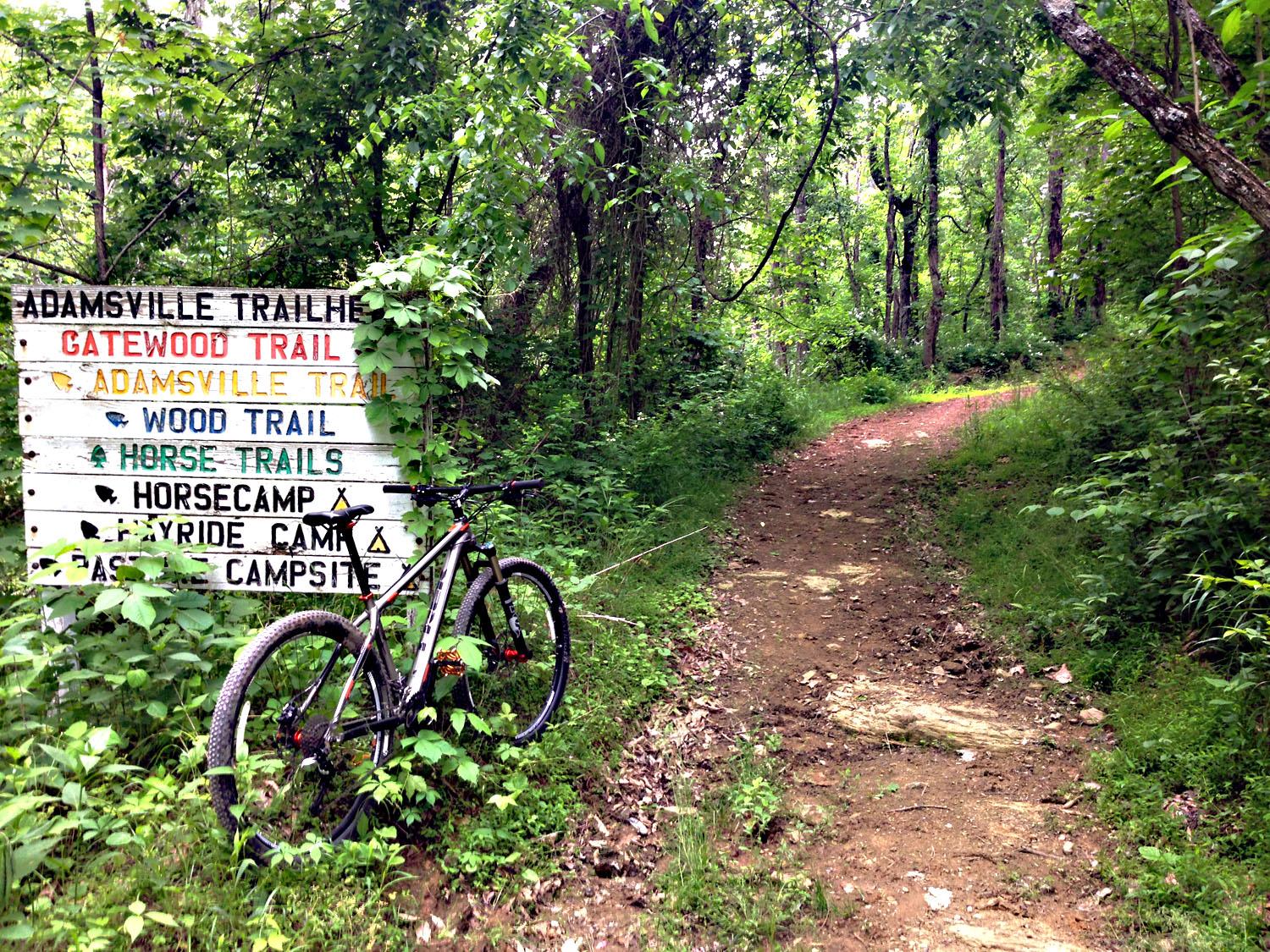
 10 mi
10 mi
